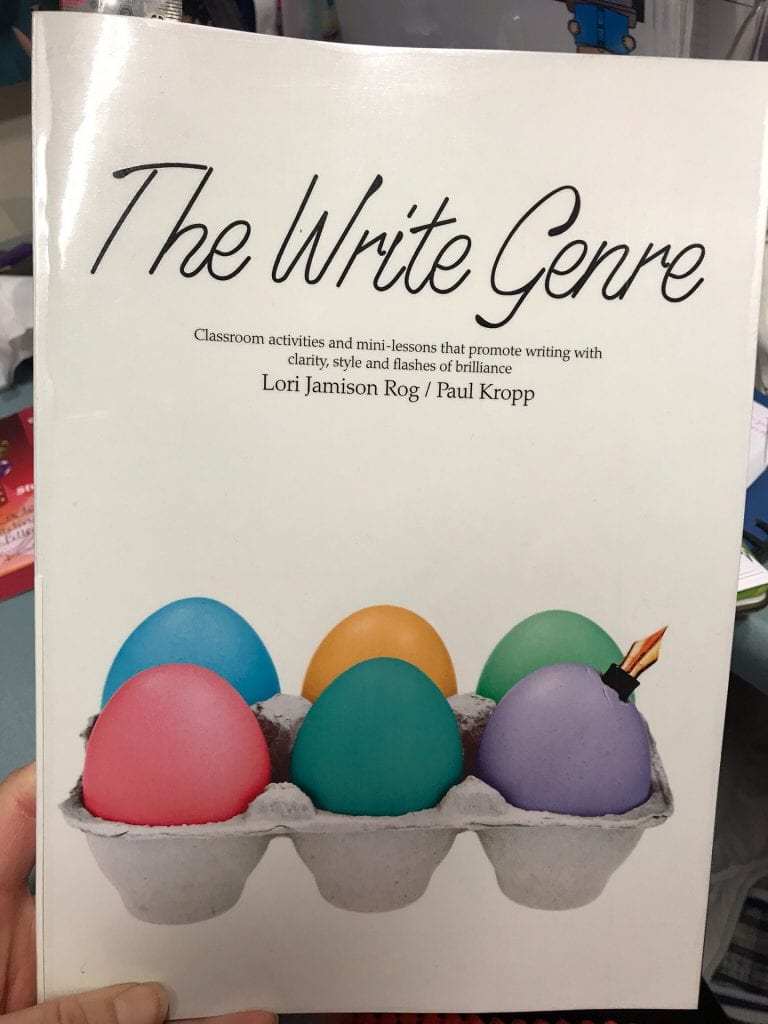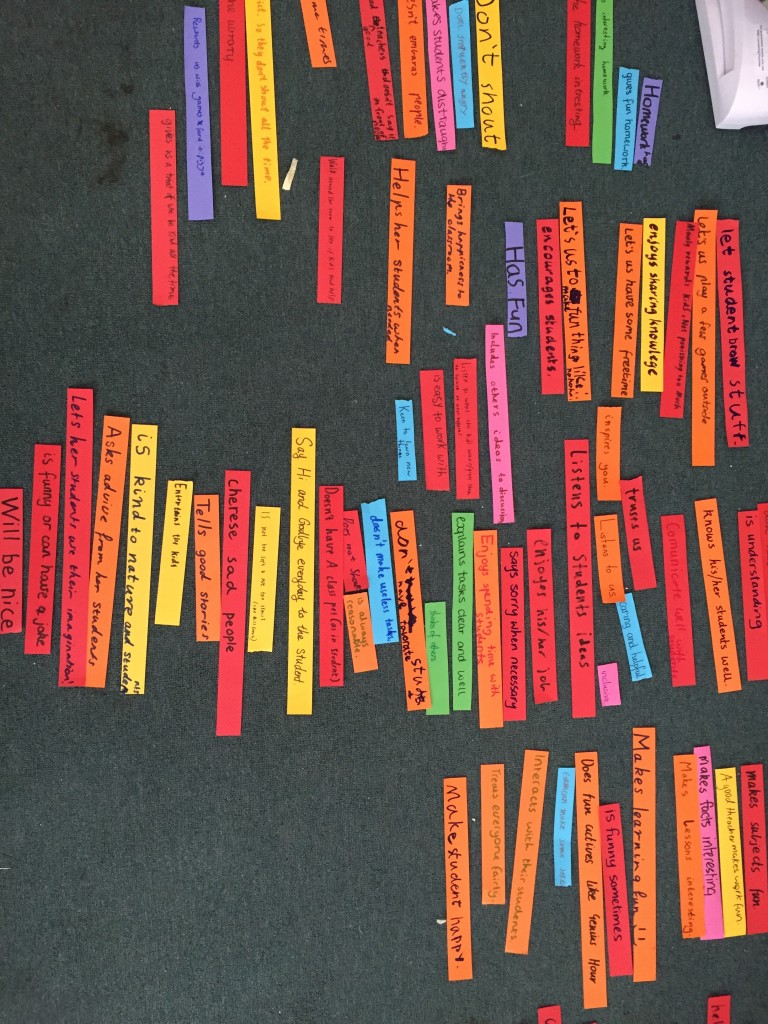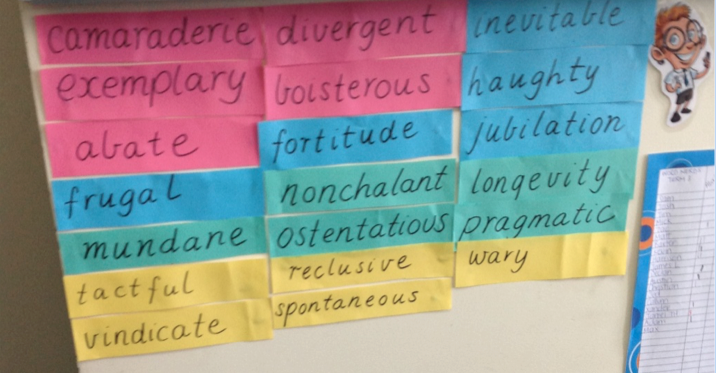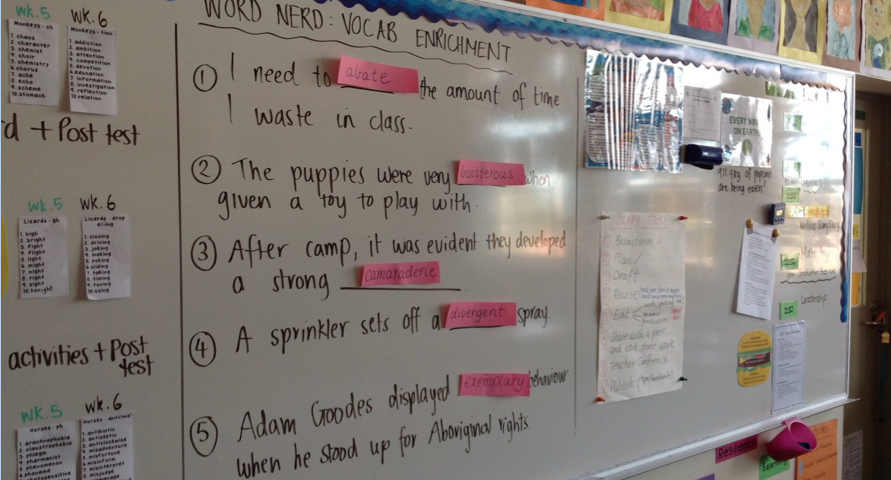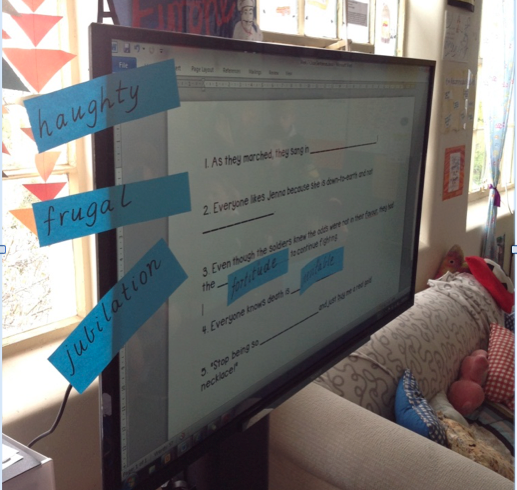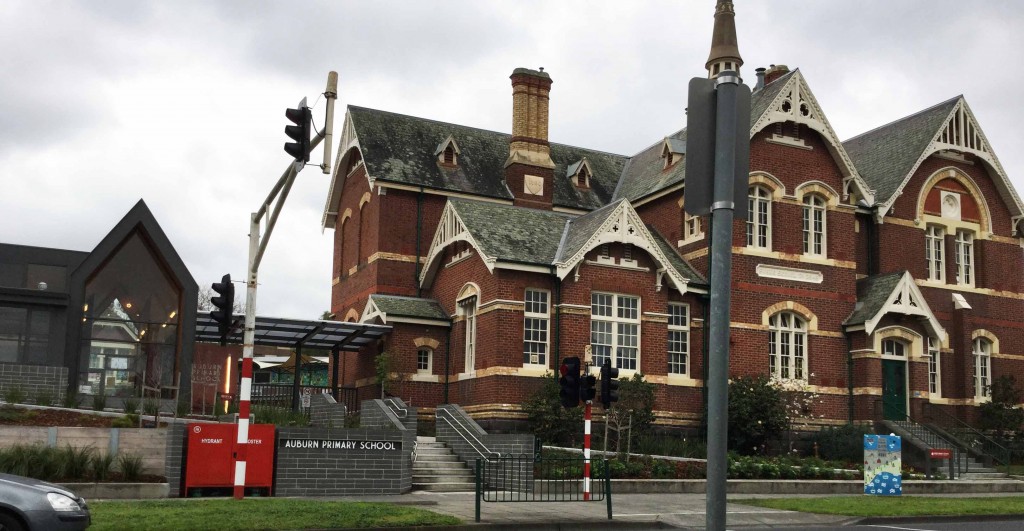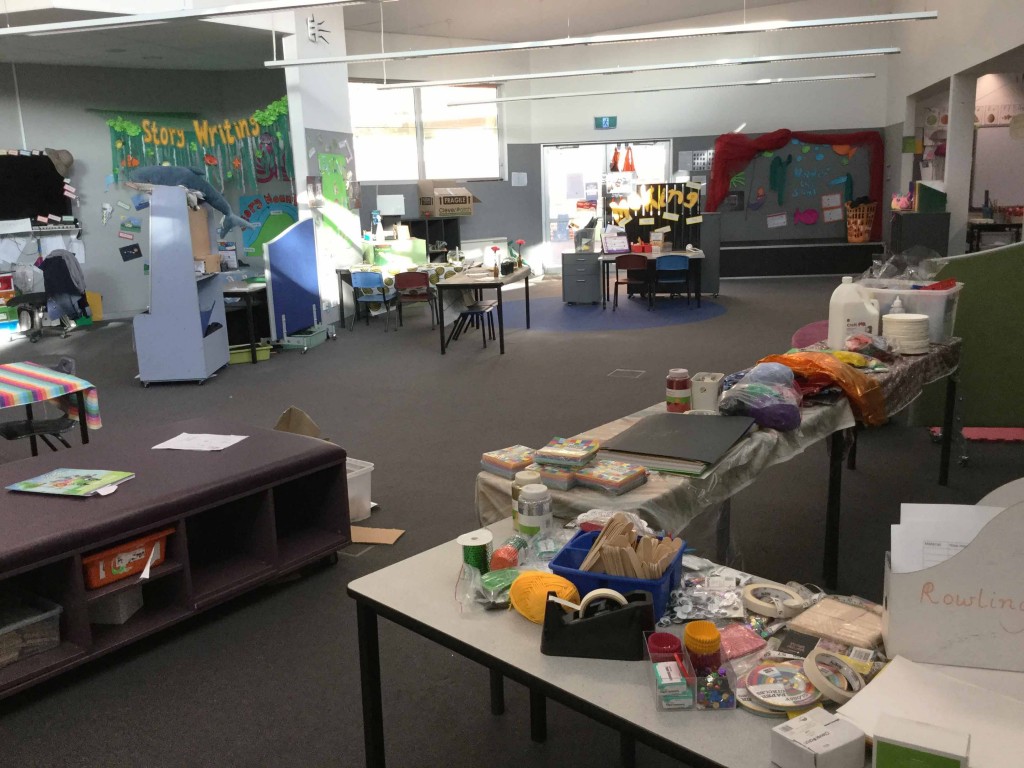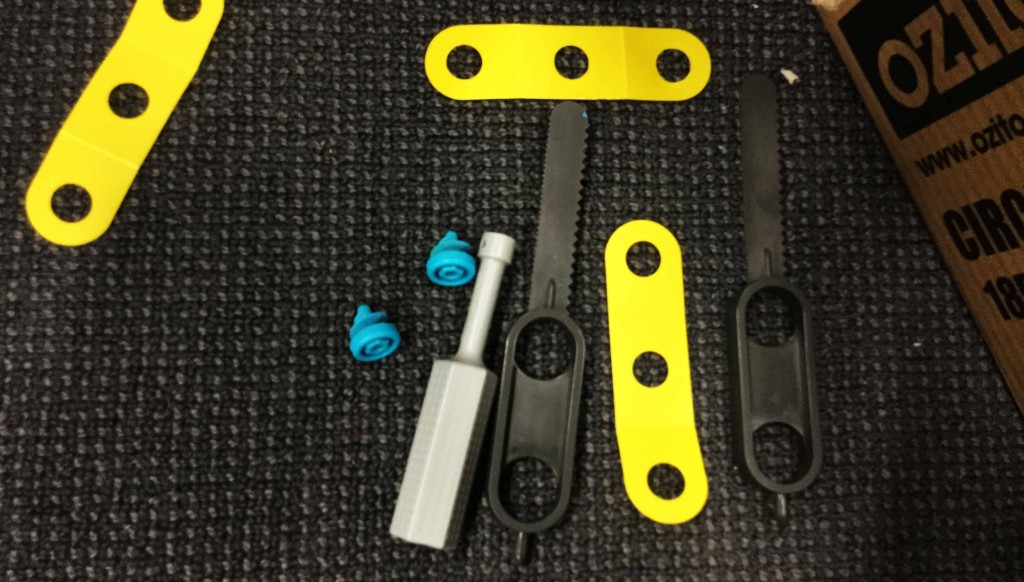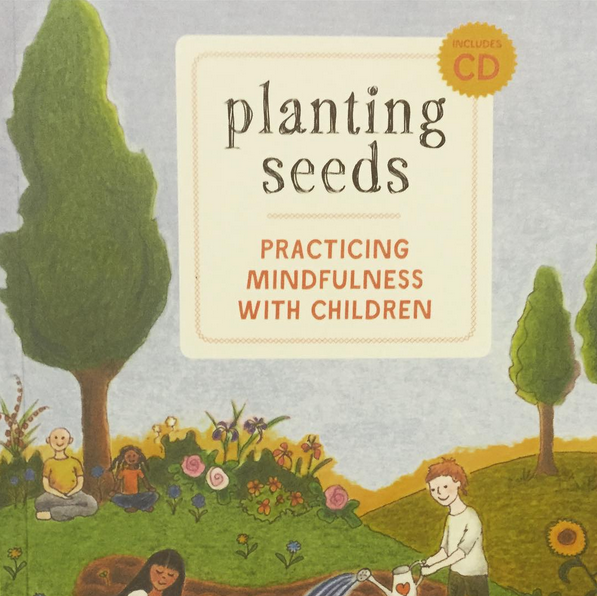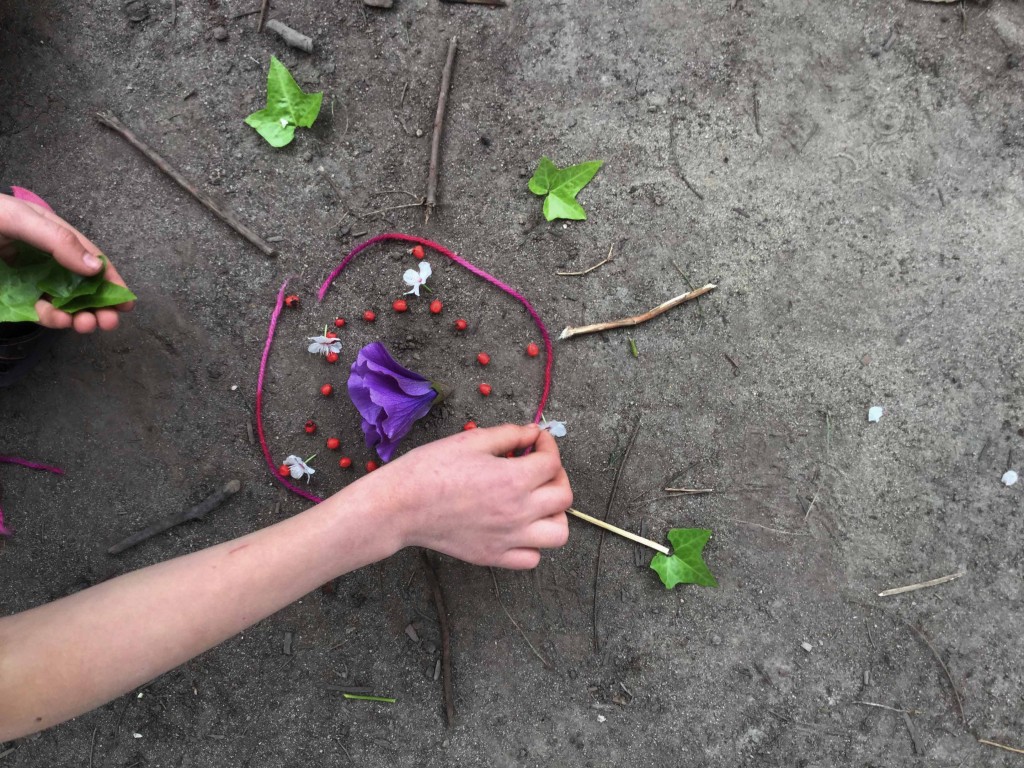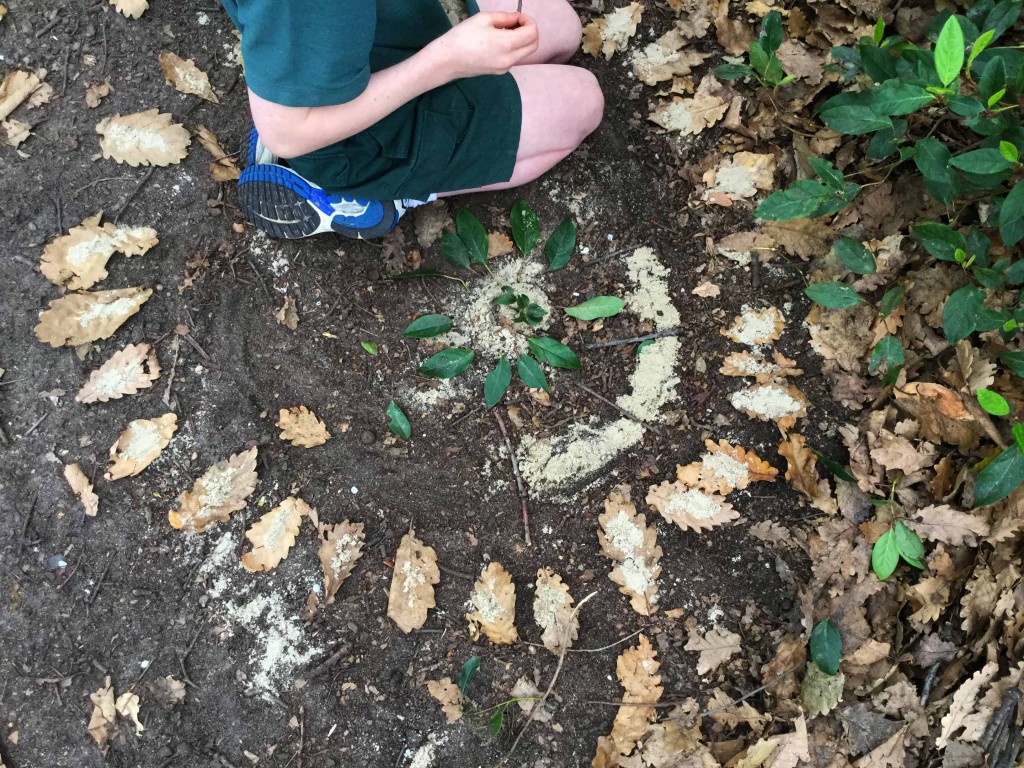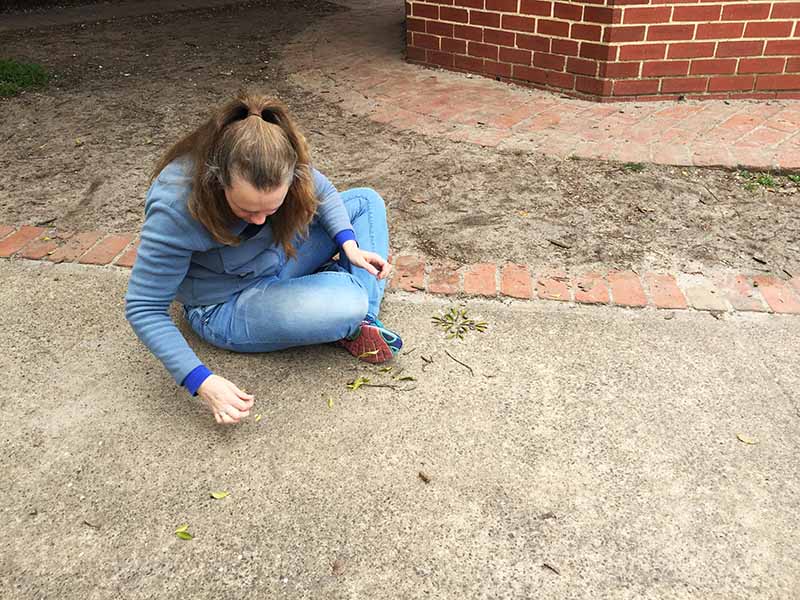Three years ago I started the Melbourne Teachers group on Facebook. Lately the number of people asking for information on registering to teach and how to get a job has dramatically increased so I thought I would write a short article with information to help people get started. If you have further questions or information to add please leave a comment so this document can be even more helpful.
I will focus primarily on information regarding the government schools sector as that is where I have always worked. If you have information on the private sector please leave tips below.
The Victorian Institute of Teachers
The first thing you need to know is that the Victorian Institute of Teachers (VIT) is the registering body for teachers in this state. You cannot teach without being registered with them so read their site thoroughly.
Applying for Casual Relief Teaching (CRT) Work
There are a range of ways to find casual teaching work in Victoria. You can work through an agency such as ANZUK or take your resume to schools. I have never worked for an agency in Australia but I have several friends who have and the work is reasonably plentiful. If you are moving to the state perhaps it would be a good idea to contact a few agencies and find out where there is the most need for staff so you can locate yourself nearby.
My strategy, when I first moved to Victoria in 2003, was to send my resume to 50 schools within a reasonable driving distance from my home and I found plenty of work that way. More recently I took time off from my permanent position and began working as a CRT at just one school close to home. When the CRT coordinator at a school knows you’re available exclusively for them you are assured of quite a lot of work – assuming you are competent and fit the school culture. Quite often schools have a bank of retired/maternity leave teachers who know the school and are first to be called. Schools much prefer to use the same people who are familiar with their routines, than call new people all the time – at the very least it saves paperwork for the office. Let schools know you really enjoyed working there and you will be called back and have the pleasure of developing a good relationship with staff, students and parents.
If, through casual work, you find a school you really like, spend some of your free days volunteering and turn up to school events such as music recitals and fetes and you will have a foot in the door if you want to apply for a full time position.
If you are trying to find casual work and not getting much response, go to your closest schools and volunteer in your spare time.
Finding holiday/extra work:
Many people ask online about making money during holiday periods. Call your local schools and find out who runs their holiday programs. Sometimes they are run by large organisations, sometimes they are run by the school. Work can also be found with companies and organisations that run school incursions and school programs – zoos, museums, government departments. Think outside the box!
Applying For Advertised Positions (contracts and permanent positions)
All government teaching jobs that are contracts or permanent positions are advertised on recruitment online and MUST be applied for through recruitment online. The website can be a challenge to navigate and occasionally drops out so don’t leave applications until the last minute.
Your application will be a letter of interest, resume, and answers to Key Selection Criteria (KSC). From a short list of KSC provided by the Department of Education and Training (DET), schools choose the questions they want you to answer. Usually five or six questions are chosen and your answer to each should be around a page/300 words long. Here is an example of a Key Selection Criteria statement:
Demonstrated understanding of initiatives in student learning including the Standards, the Principles of Learning and Teaching P-12 and Assessment and Reporting Advice and the capacity to implement and evaluate learning and teaching programs in accordance with the Victorian curriculum.
This is a statement that would apply to an experienced classroom teacher, not a graduate.
Here is an example of one person’s responses.
This is a useful page from the Catholic University about writing a resume and answering KSC.
Here is the DET page on recruitment in schools.
The Interview
If you are successful at the written stage and are offered an interview you will need to prepare. The first step is to thoroughly read the school’s website again (of course you would’ve done this before writing your application) and composing a list of questions. The school you work at needs to be the right fit for you, so work out what your priorities are. Personally, I would prefer to work at a school with a strong sustainability culture, a focus on high-level use of technology and one that allows students voice, choice and authentic learning tasks.
A non-exhaustive list of possible questions:
Union representation – are staff encouraged to be union members? What is the rate of membership and who is the sub branch representative? How often do they meet?
The staff meeting schedule. When are staff meetings? When are Professional Development meetings held? What other committees, boards or groups are in operation? When is the yearly meeting schedule finalised?
Staff social culture – what is it like? What percentage of staff came to the last Christmas party?
What access do staff have to their classrooms out of hours? Do all staff members have keys? Is the school accessible during school holidays? If you are a graduate teacher you may need this extra time to prepare!
How many hours of planning time will you have a week? Remember that if you are a graduate you are entitled to more.
Who will be your mentor or (if not a graduate) who should you go to when you want to ask questions about school policies and procedures?
Camps – will you be going? Remember that teachers from any year level can be asked, not just the teachers of the grades involved.
Transition programs – these do not just affect Foundation and Year 6. A good school provides transition at all levels.
Class numbers and grade structures across the school.
What is the focus of the school’s strategic plan?
How long have most staff members been at the school? How new is the principal? A school with a quick staff turnover might require more thought.
The Victorian Government Schools Agreement
VGSA
I can not recommend strongly enough how worthwhile it is to read this document, whether you are new to teaching or have taught for 20 years. I was the Sub Branch Rep for my school for many years and I frequently referred to this document. It outlines your working conditions, pay, holidays and long service leave, your employer’s expectations – everything. Be familiar with it! It is not a huge document and it is easy to read. Skip the bits that aren’t relevant to you.
Union Membership (AEU)
Being a Union member means supporting your profession and your colleagues as well as the benefits to yourself. The more members the Union has, the stronger their bargaining position when they negotiate your wage increases. Do you think teachers don’t get paid enough? Join the Union! They also negotiate funding for schools, provide legal assistance to members and fight to promote the government sector.
Professional Development (PD)
There are many places to get free or inexpensive PD. The Union offers a range of PD and some is targeted at job seekers. There are many webinars and online courses, such as those through OLT.
I would also recommend asking local schools if you could sit in on a few staff meetings or in-house professional development sessions – also a good way to meet people!
Schools in Victoria use this curriculum. Familiarise yourself with the structure and content.
Useful Facebook Groups and Pages:
Melbourne Teachers – a group for local teachers.
Surviving Casual Teaching – support group for casual teachers.
Mindshift – interesting articles on a broad range of education topics.
I would love to add more information to this page, particularly more places for free or inexpensive PD. Please leave a comment below if you can help!



